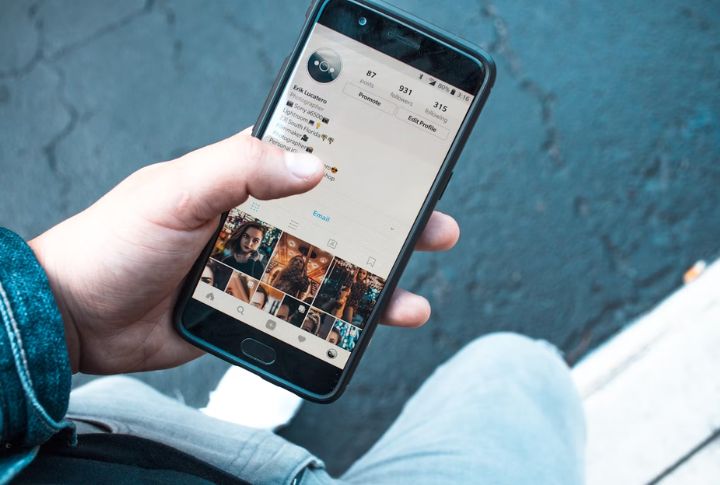
Dry begging is everywhere now, and it’s getting harder to ignore. You’re scrolling through your feed, and someone posts, “Can’t believe my phone just died right before my job interview,” followed by a sad face and radio silence. No request, no question, just a carefully planted guilt seed. So, if you’ve ever been on the giving or receiving end of a dry beg, here are the ten things you need to know.
Understanding Dry Begging

Dry begging is a subtle social tactic where someone hints at needing help without ever voicing a direct request. Instead of asking outright, they rely on suggestive comments or emotional cues. This technique manipulates the listener’s conscience, creating quiet pressure to offer assistance even when no explicit plea was made.
Why Dry Begging Is Hard To Recognize

Dry begging is difficult to recognize because it avoids direct requests altogether. It leans on passive-aggressive remarks and subtle hints that quietly suggest a need. On social media, this behavior can appear as vague or emotionally loaded posts designed to spark concern and prompt offers of help without asking outright.
How Dry Begging Plays With Your Emotions

By suggesting hardship without clearly expressing it, the person triggers guilt and compassion, making you feel like help is expected. They never ask—but you still feel obligated. This quiet push toward “doing the right thing” can be powerful, often leaving you emotionally conflicted. When repeated, these patterns wear people down.
The Psychology Behind Dry Begging

Many who engage in dry begging struggle with the discomfort of being openly vulnerable. The fear of rejection or harming their self-image makes direct requests feel risky, so they turn to indirect cues as a safer alternative. Over time, this behavior can become ingrained—especially when past attempts at dry begging have led to the desired outcome.
Recognizing The Subtle Tactics Of Dry Begging

Phrases like “I could really use some help, but I don’t want to be a burden” suggest need while deflecting responsibility. Vague remarks such as “I wish I could afford that” or “It would be nice to have that” create openings for offers without asking directly. These hints are also slipped into everyday conversation, which leaves others to connect the dots.
The Difference Between Dry Begging And Direct Requests

Direct requests leave little room for confusion, as they clearly express a need and invite a straightforward response. Dry begging, on the other hand, relies on remarks that require the listener to interpret what’s being implied. The person avoids stating their problem openly, which blurs the line between expression and expectation.
Dry Begging Works On Close Relationships

Emotional closeness makes dry begging especially effective. Within friendships or family ties, subtle cues carry more weight, and ignoring them feels harder. People overlook manipulative patterns in loved ones, especially when such behavior has been repeated over time. The emotional bond creates a sense of responsibility, prompting you to respond.
How To Set Boundaries With Dry Beggars

Responding to dry begging begins with clarity and consistency. Make it clear that you’re open to helping, but only if they express their needs directly. This reinforces honest communication and discourages emotional guesswork. Being firm yet respectful helps draw a line between genuine support and unspoken expectations.
The Impact Of Dry Begging On Mental Health

Repeated exposure to dry begging can quietly chip away at emotional well-being. The guilt it provokes creates an ongoing strain. Such manipulation fosters resentment, as indirect tactics replace honest communication. Those targeted may begin to feel that their own needs take a backseat, constantly managing someone else’s unspoken expectations.
Spotting Dry Begging In Social Media Posts

Social media provides an ideal space for dry begging to unfold discreetly. Posts that vaguely hint at hardship—without directly asking for help—are a common giveaway. Tagging specific people or posting during peak engagement times only increases the chances of getting attention without having to ask for it.

